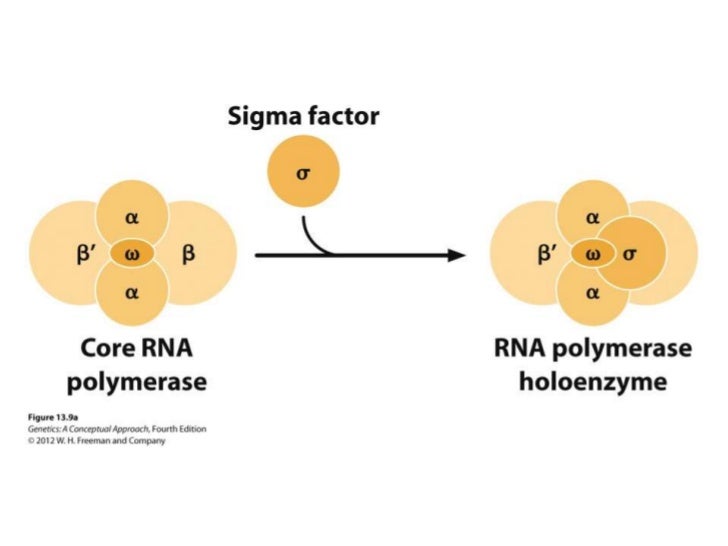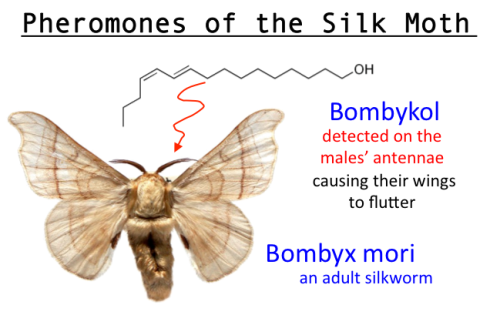i. Latitudinal gradients
Species diversity decreases from the equator to the poles.E.g. Number of bird species in different latitudes is given below:
- Colombia (near equator): about 1400 species.
- India (tropical latitudes): > 1200 species.
- New York (41o N): 105 species.
- Greenland (71o N): 56 species.
Tropical Amazonian rain forest (South America) is the greatest biodiversity on earth. It contains
- > 40000 species of plants
- 3000 species of fishes
- 1300 species of birds
- 427 species of mammals
- 427 species of amphibians
- 378 species of reptiles
- > 1,25,000 species of invertebrates
Biodiversity (species richness) is highest in tropics because
- Tropics had more evolutionary time.
- Relatively constant environment (less seasonal).
- They receive more solar energy which contributes to greater productivity.
As the name indicates there is some sort of relationship between species of a particular region and the area in which they live which is particularly called as habitat. Alexander Von Humboldt observed that the diversity of species increases with increase in explored area upto a certain limit.
Species diversity is the number of diversity or the variety of species in a particular region . It can be explained in 2 measures -
1.Species richness - The number of species present in a particular area.
2.Species even-ness (relative abundance ) In an environment it refers to how close in numbers of each species to other in other words how evenly distributed the number of each species.
This relationship can be given by -
logS=log C +Z log A
In the log scale the graph is linear(straight line) .
Where,
S=Species richness
A=Area
C=Y-intercept
Z=Slope of the line (regression coefficient) Its range is 0.1-0.2 in case of smaller areas and 0.6-1.2 in large areas.
Power function species–area relationship goes as: S=cA^z
Image source credit -https://courses.lumenlearning.com/biology2xmaster/chapter/the-biodiversity-crisis/
This relationship between species and area can be plotted to generate a species/area curve. Such a plot can give us useful information such as the total number of species in a region and the rate of species increase with area between different regions (calculated from the slope of the curve.
MCQs.
1. The curve of species area relationship looks like -
a. Sigmoidal
b.Elliptical
c.Rectangular hyperbola
d.None of the above Ans.c
2.In larger area like continents slope tends to be-
a. Similar
b.Steeper
c.Both a and b
d.None of the above Ans.b
3.In a species-area relationship -
a. the number of species in a sample increases as the area covered by that sample increases.
b.the number of species in an area of habitat increases as the area of that habitat increases.
c. the type of species observed in a habitat alters as the area of habitat alters.
d. species diversity increases linearly with island size.
Ans. b
4.Species richness tends to decrease with increasing altitude. Which of the following is not believed to play some part in this trend?
a. Higher-altitude areas tend to be younger, in evolutionary terms.
b.Higher-altitude areas tend to occupy relatively small areas.
c.Productivity declines with altitude.
d.High-altitude habitats tend to be isolated from one another.
Ans.a
5.Which of the following plants have higher species diversity ?
a.Bryophytes
b.Algae
c.Fungi
d.Angiosperms
Ans. c
Thank you for visiting my blog.Please feel free to share your comment on this
article ,Please subscribe and share the articles to get more such articles.



